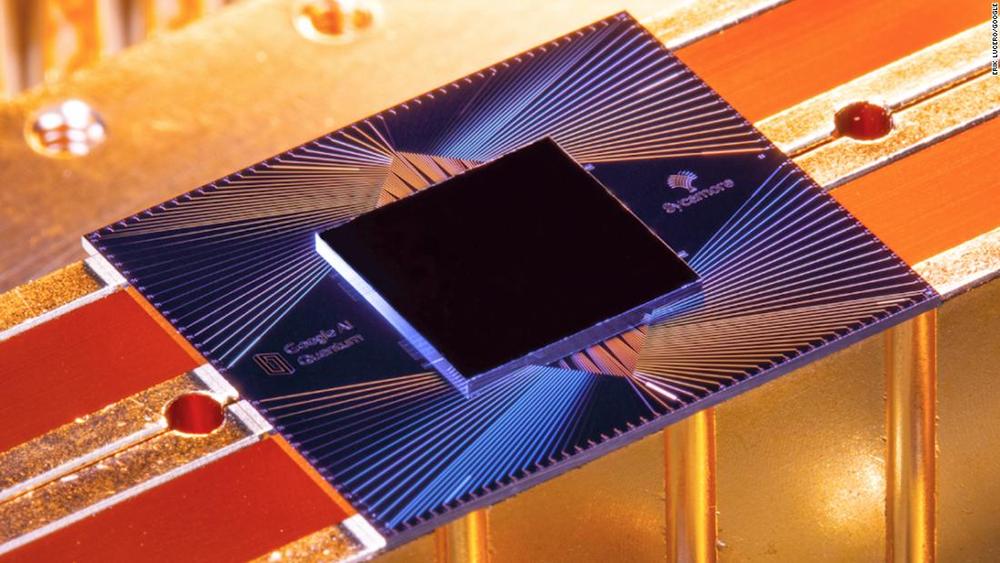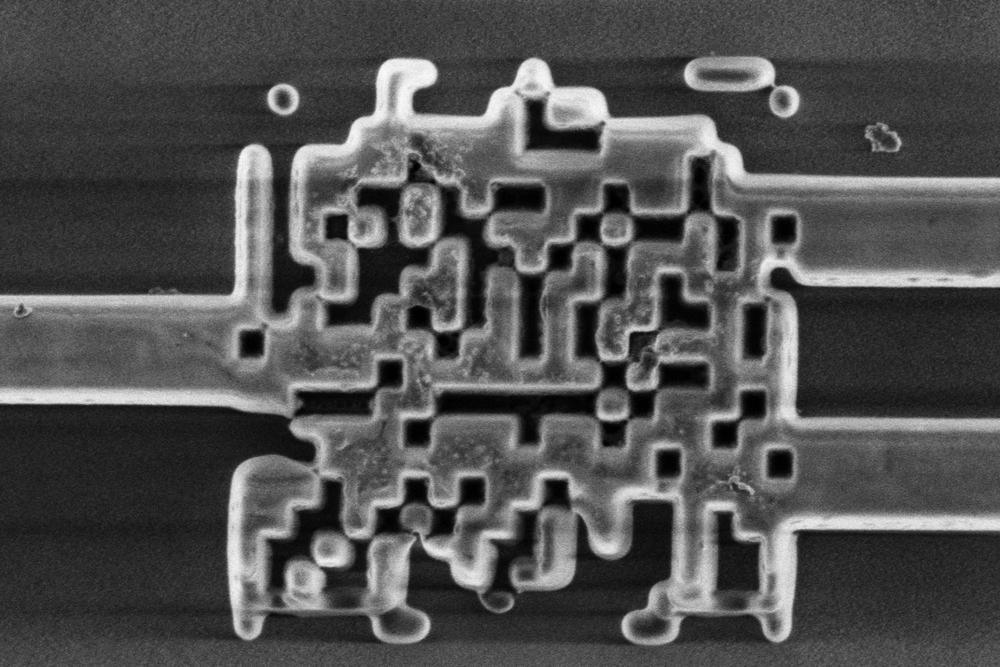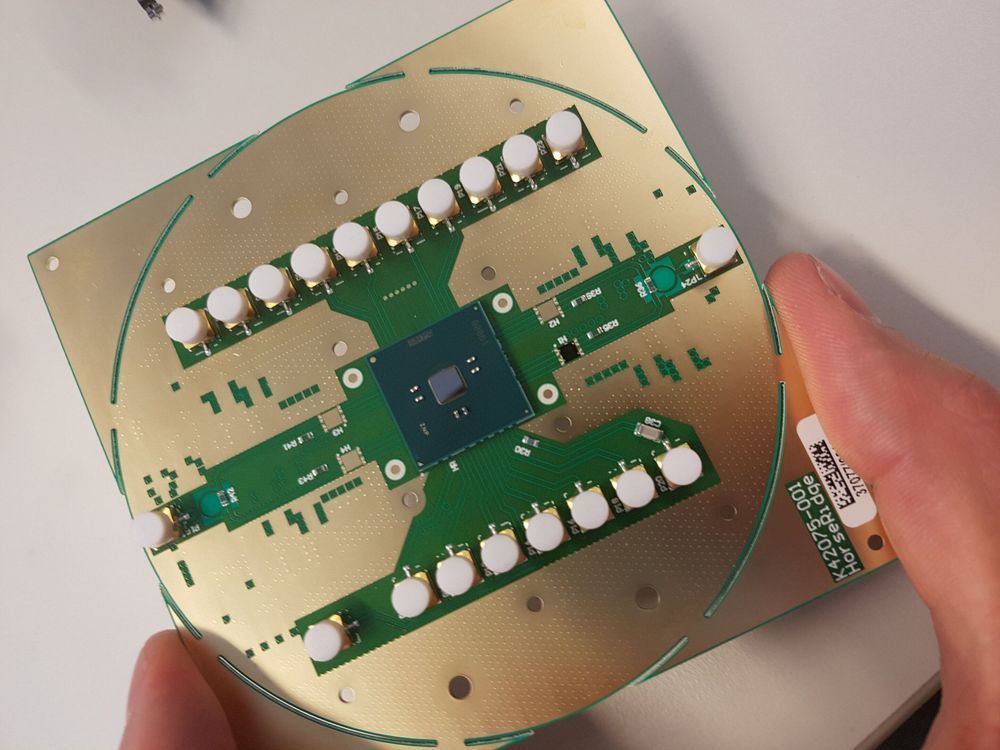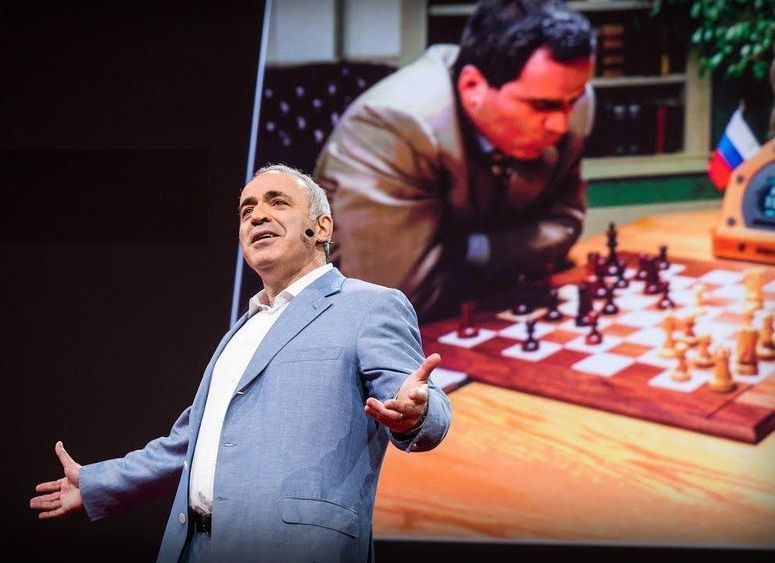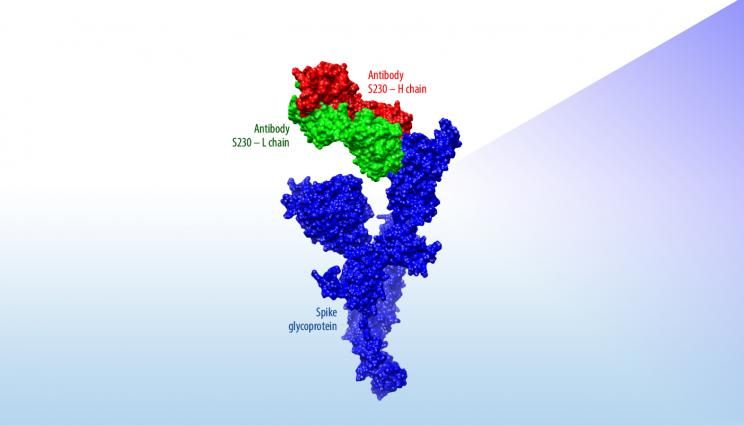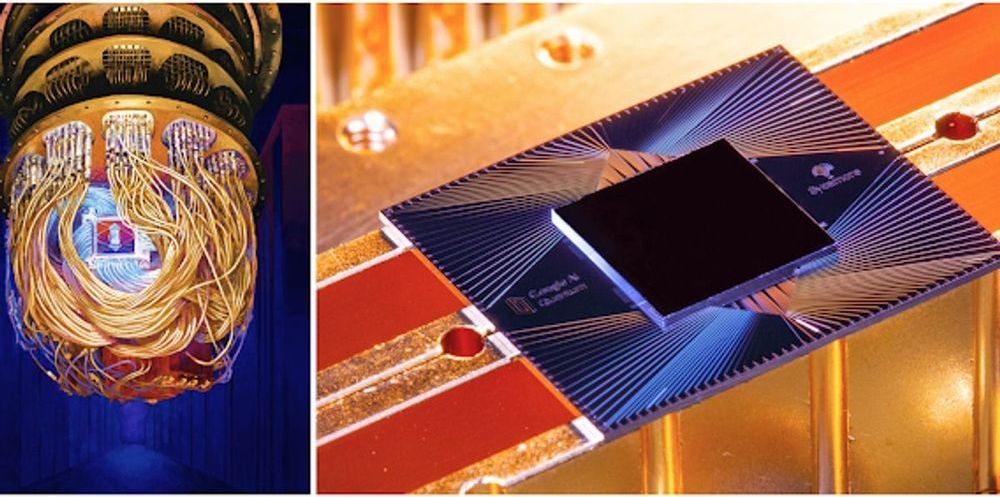Mar 3, 2020
Google claims its quantum computer can do the impossible in 200 seconds
Posted by Quinn Sena in categories: quantum physics, supercomputing
Circa 2019
Google claims it has designed a machine that needs only 200 seconds to solve a problem that would take the world’s fastest supercomputer 10,000 years to figure out.
The speed achieved by the computer represents a breakthrough called “quantum supremacy,” according to a blog post from the company and an accompanying article in the scientific journal Nature.
Continue reading “Google claims its quantum computer can do the impossible in 200 seconds” »
